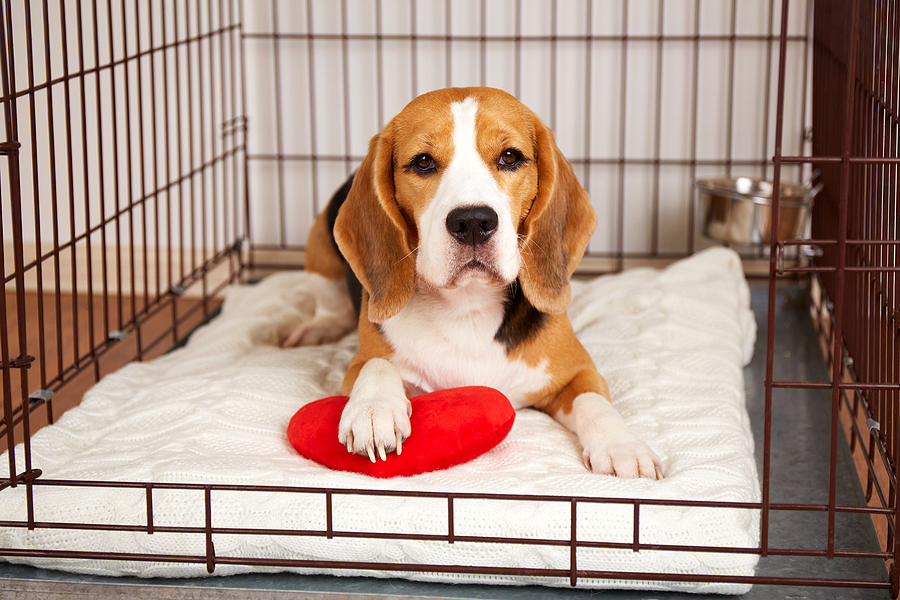Bringing a new puppy home is an exciting adventure. Without the proper training, it can quickly become a nightmare for both you and your furry family member. Crate training a puppy is a crucial part of the parenting journey. Understanding the proper way to crate train a puppy not only ensures a happy and secure environment for your pup but also paves the way for a harmonious home life.
When to Start
The best time to begin crate training a puppy is as soon as you bring them home. Puppies can start learning from about 8 weeks old. The earlier you start, the better it is for developing good habits.
Crate Training Preparation
To prepare to crate train your puppy, make sure to choose a crate that’s the right size. It should be large enough for them to stand, turn around, and lie down comfortably, but not so large that they can use one end as a bathroom.
Getting Started
When crate training your puppy, introduce them to the crate gradually. Place comfortable bedding inside, along with some toys. Encourage them to explore the crate on their own by placing treats inside, but never force them in.
Positive Reinforcement
Always use positive reinforcement when your puppy enters the crate willingly. Treats, praise, and their favorite toys can all be used as rewards for good crate behavior.
Daytime Crate Training
Establish a routine, letting your puppy spend short periods in the crate while you’re home. Gradually increase the time as they get more comfortable.

Night Crying
Night crying is common when crate training a puppy. To soothe and help them adjust to their new environment, make sure the crate is in a quiet, comfortable spot. Consider a warm blanket or a ticking clock for comfort. While ignoring the crying can be difficult, it’s necessary to teach them to settle down on their own.
Whining and Barking
Whining or barking in the crate should not be rewarded with attention. Wait until your puppy is quiet before letting them out in order to reinforce the behavior you want.
Exercise and Play
Ensure your puppy has plenty of exercise and playtime outside the crate. This balance is critical for their physical and mental well-being.
Transitioning Out of the Crate
As your puppy grows and becomes more reliable in the house, you can gradually offer more freedom outside the crate. If you plan to continue using the crate, you will need to upgrade to a larger crate as puppies grow quickly.
More Thoughts on Crate Training a Puppy
Crate training can prove beneficial for both you and your puppy. It can help aid in house training and prevent destructive behavior. The crate can also provide a safe haven for your puppy and peace of mind for you when you are away from the house and they are unsupervised.
While the crate can be a valuable training tool, avoid leaving your puppy in the crate for too long and never use it as a punishment. This can lead to anxiety and fear, which defeats the purpose of crate training.

Crate training a puppy requires patience and consistency. Remember, every puppy is unique, and what works for one may not work for another. If you are experiencing difficulty in training your puppy, it may be time to review your approach or consult a professional. However, you need to go to a trainer you can trust.
Beau’s K9 Academy is here to help you properly train your puppy or adult dog. We offer puppy training and an array of other dog training services like in-home training, behavior modification training, and even advanced search and rescue training. For the very best dog training in New Jersey, contact Beau’s K9 Academy today.

